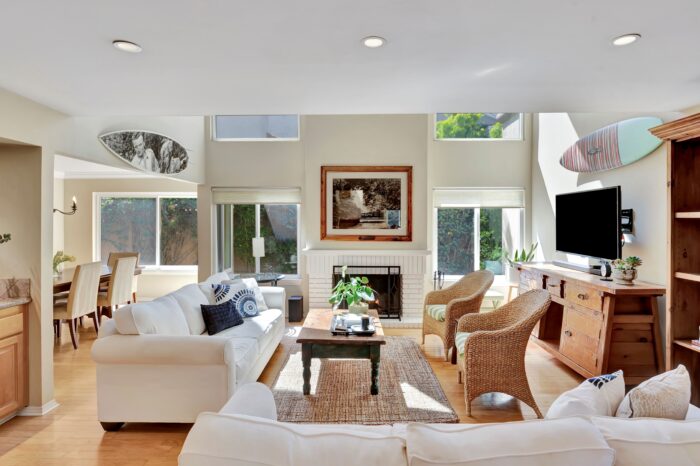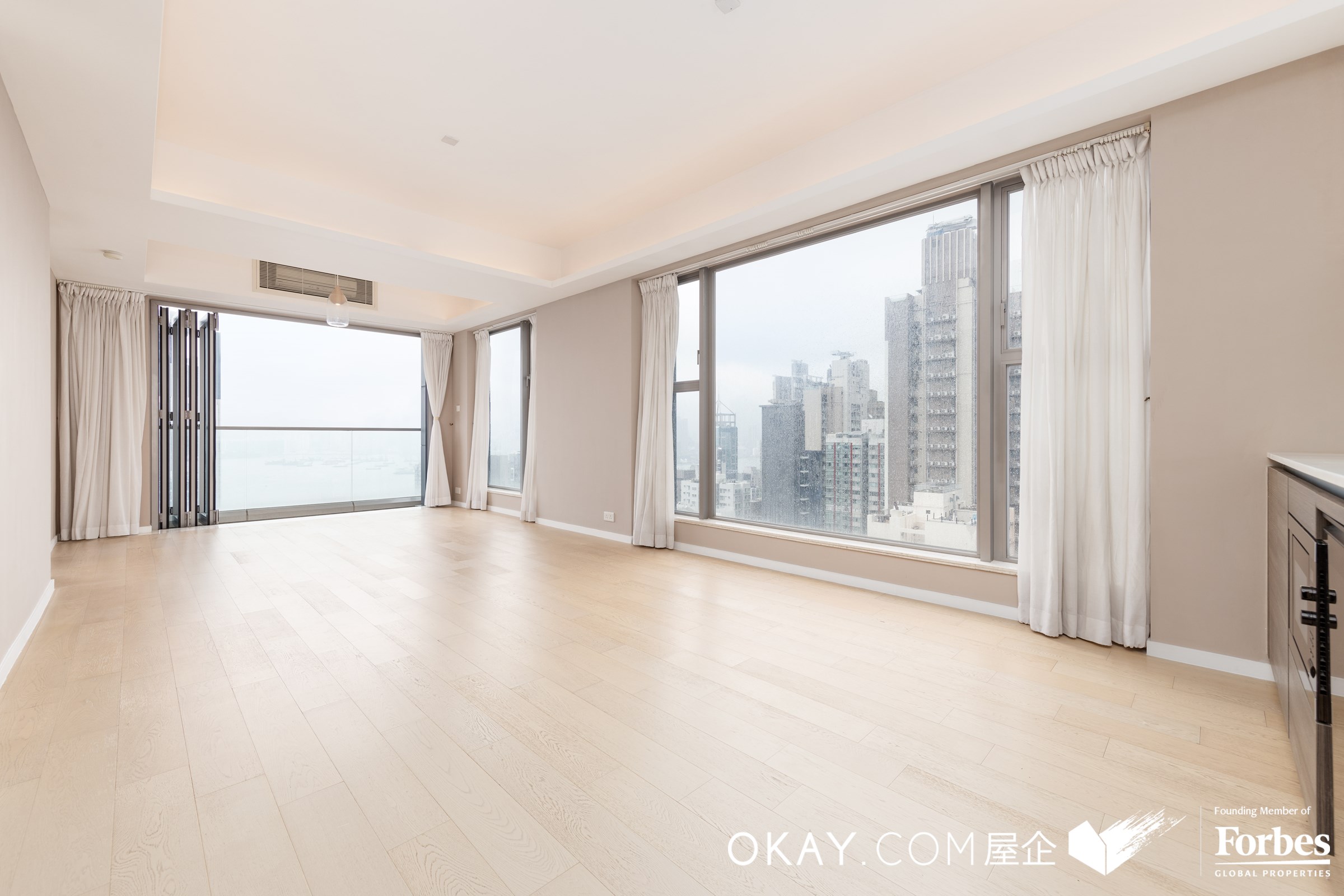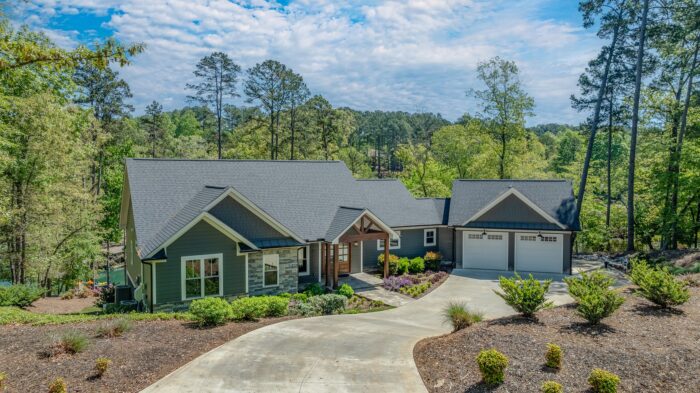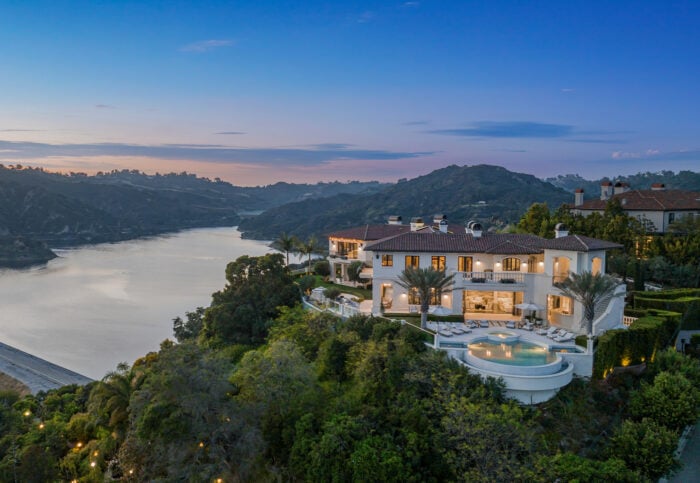Suburban life blossomed during the 1950s.
In an era of conformity, the similarity of routine from one family to the next made suburban life particularly appealing; the kids had a back yard and a group of friends nearby, easily accessible by bike, the dads had a commuter train, and the moms had housework, coffee dates, lunch dates, dinner dates.
Cities were beginning their long decline at about the same time and the suburbs seemed cleaner, safer, and more fulfilling to many families. Restaurants existed for special occasions, so no one worried if there weren’t that many around. On the weekends, the dads barbecued and coached Little League. It all worked, seeming like an antidote to the war years with their chaos and uncertainty. The economy was expanding and jobs were not so hard to come by.
Suburban life depended on two assumptions which seemed immutable but which, as it turned out, were not: without the 9 to 5 workday and the stay-at-home mom, this seemingly idyllic picture began to fall apart.
Perhaps the first cracks in the foundation came with the publication of Betty Friedan’s “The Feminine Mystique”, which uncovered how unhappy and unfulfilled many of the women living in these cocoons actually were. As feminism began to take hold during the 1960s and 1970s, and books like Marilyn French’s “The Women’s Room” increasingly undermined the myth of the perfect 1950s family, increasing numbers of women wanted (or needed) to enter the workforce.
This sea change in American social life had a profound impact on housing. At the same time, workers in both blue and white-collar professions began to work longer hours. Suddenly, commuter life made less sense. Significantly, these changes occurred alongside the rebirth of the cities, which became cleaner, more vibrant, and more beautiful just as changing lifestyles were making the proximity they offered to the workplace more important.
Today, we live in the world which those disruptions of five decades ago merely hinted at.
For the two-income family, with kids, demanding jobs, and long hours, the extra hour and a half or two hours of commuting time on each edge of the day can become untenable. If both commuter parents are working 9 AM till 7 PM each day, the family only gets together on weekends. These two fundamental changes in the family organization, the extension of the typical workday, and the likelihood that both parents are part of the workforce, undermine the structure which made suburban life work.
As real estate agents in New York City, we deal frequently with families who shoehorn themselves into small spaces even as their families expand.
For many, the calculus is precisely that described above. While these couples understand that the same money which buys them a small two-bedroom on the Upper East Side (where many of Manhattan’s best values can be found today) could get them a four-bedroom house with a backyard, they nonetheless choose not to leave town, understanding that in opting for more space they may well be choosing more stress and less family time as they log 400 or 500 hours per annum on the train, or on the bus, or in the car, traveling between home and the office.
We live in a world in which convenience matters most. Now that many more people can work digitally, we see a return not to the suburbs but to the exurbs and the country.
The whole purpose of the suburbs was to live within commuting distance; if you can telecommute, you can pick your rural spot. But as more and more businesses discover they actually want their people in the office at least some of the time, workers increasingly choose between the country and the city. It’s not so bad to live two hours away when you can do one or two days a week in town, crashing with a friend or family member if necessary.
Suburban markets in the tristate area languish for a reason. For too many people, commuting life no longer holds much allure.











